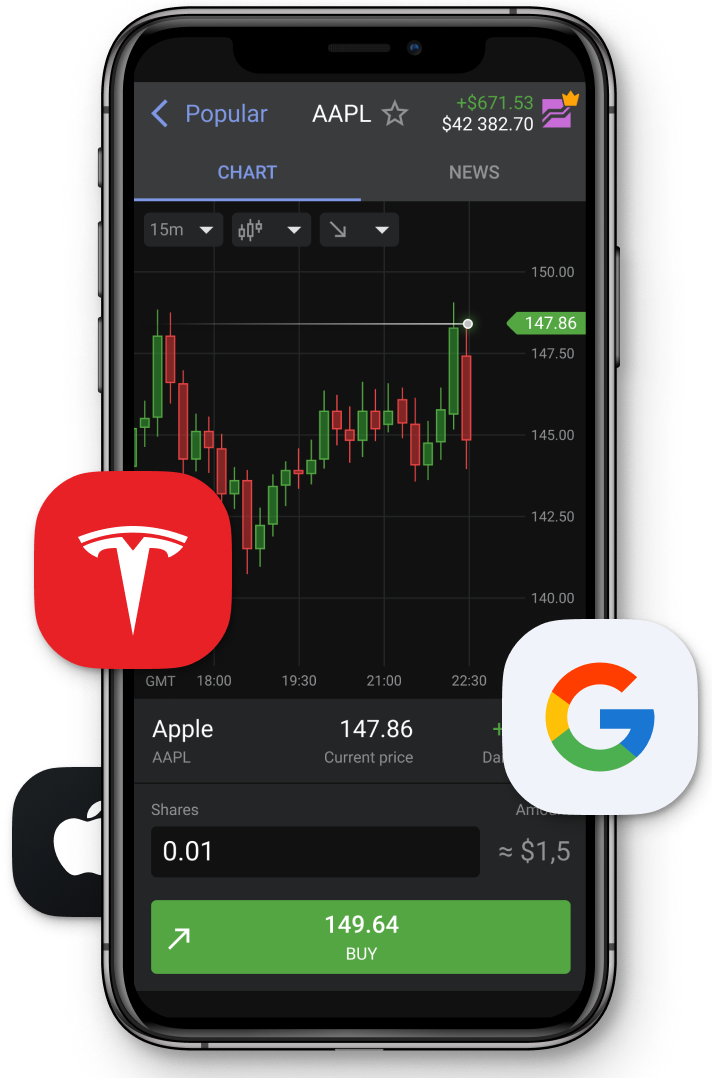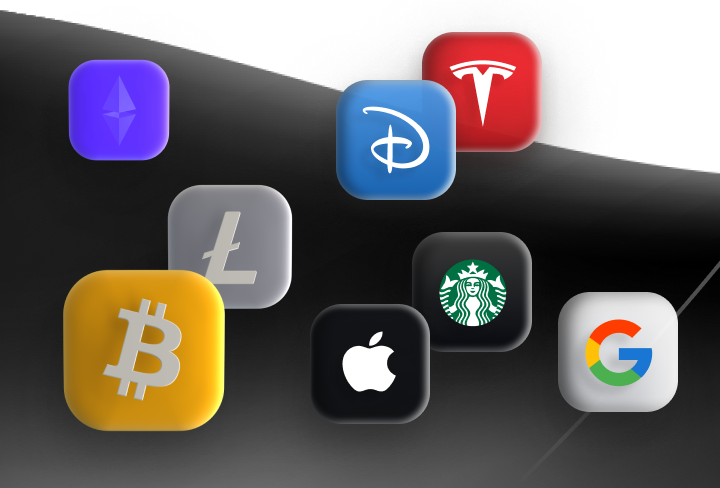With Bitcoin typically dominating all the crypto headlines, it's easy to overlook other digital assets, even when they've been delivering market-leading returns. While BTC's almost 100% gain over the past 12 months is certainly quite impressive, Ripple's XRP coin has dwarfed this success with an almost 600% increase over the same period. In fact, XRP has skyrocketed from a local low of $0.50 in November 2024 to $3.25 as of 14 August 2025. Naturally, there's more to this story than first meets the eye. It all began in November 2020 when the SEC launched a lawsuit against Ripple's parent company, Ripple Labs, alleging that its XRP token constituted an unregistered security. Federal judge Analisa Torres eventually delivered a mixed ruling in July 2023, finding some tokens sold to institutions could be considered securities and ordering Ripple to pay $125 million in fines. That left XRP at an historic low below $0.35.
Both the SEC and Ripple Labs appealed the decision, with the regulator seeking a $2 billion fine and Ripple pushing for dismissal of the case. The appeal process dragged on with little progress, and then the 2024 election victory of pro-crypto, anti-regulation candidate Donald Trump spelled the beginning of the end for the case. The SEC and Ripple Labs came to an agreement in May 2025 and petitioned the court to lower Ripple's fine. The judge refused this motion, and both parties abandoned their cases last week, sparking a frenzied rally for XRP. But now that this weight has been lifted, what might the future hold for XRP, and what will be the key factors driving its growth going forward?
Institutional adoption
Immediately following the news of the joint dismissal of appeals and the end to the five-year-long legal battle between the SEC and Ripple, the company's flagship XRP token began to rise powerfully in value. Institutional inflows shot up dramatically, with daily volumes increasing by 208% on the first day of trading after the news broke. It was initially suggested that the platform may no longer be able to offer the XRP token for institutional sales unless it refiles the motion for an indicative ruling. However, it turned out that the court injunction only related to pre-2018 institutional sales of XRP. Now that the case is over, Ripple will potentially have the opportunity to drive institutional adoption even further with a spot ETF product similar to those launched by Ethereum and Bitcoin in recent years.
Under the Trump White House, it's clear that the SEC wants to foster a safe but also fertile ground for crypto businesses in the US. SEC Chair Paul Atkins' comments last week appeared to confirm this sentiment: "With this chapter closed, we now have an opportunity to shift our energy from the courtroom to the policy drafting table, [where] our focus should be on building a clear regulatory framework that fosters innovation while protecting investors", which would seem not to preclude the creation of a spot XRP ETF later down the line. In fact, the SEC has already approved Ripple's enhanced Regulation D exemption application, removing capital-raising constraints for certain investor classes and paving the way for unfettered institutional token sales. This will surely drive institutional inflows further and help to sustain the ongoing XRP bull market.
Growing utility
While strong inflows and wider adoption are great for short-term price action, for sustained and stable growth, cryptocurrencies need to show real utility. When it launched the XRP Ledger back in 2012, Ripple Labs' original vision for XRP was as a faster, more transparent alternative to Bitcoin that would ultimately be accepted by banks and other financial institutions as the payment processing network for the new era of blockchain. Ripple CEO Brad Garlinghouse has openly criticized the legacy system SWIFT's inefficient design and noted how the company aims to capture a sizable 14% share of the multi-trillion-dollar payments market within the next five years. Western Union's 10 August, $500-million acquisition of Intermex, an On-Demand Liquidity (ODL) user of Ripple since 2020, is a small step towards this goal.
Meanwhile, XRP's potential integration into QR-based wallet systems, particularly in rural and offline communities with limited access to traditional banking, is also a possible vector for future growth. QR code-based payments are becoming increasingly widespread, with global transaction volumes already reaching $5.4 trillion in 2024 and projected to hit $8 trillion by 2029. In such a context, the utility of XRP, with its fast, low-cost transactions, makes it a prime candidate for adoption in underserved markets dominated by cash-based systems and with limited digital infrastructure. Modelling suggests that if XRP were to process just 10% of global QR-based transactions by 2029, its utility-based value would be around $0.674 per token. And if we then apply a market behaviour multiplier to correct for the speculative nature of crypto investment, this suggests a potential price range between $6.74 and $33.70. Much remains to be seen, however, but this could be a new direction for Ripple if SWIFT's blockchain experiments with Chainlink bear fruit.
Trade crypto and more CFDs with Libertex
Libertex offers a wide variety of both long and short CFDs in underlying instruments, including forex, ETFs, and equities, through to precious metals, options, and, of course, cryptocurrencies. With Libertex, you can trade, with or without leverage, a variety of crypto CFDs, including Bitcoin, Ethereum, and yes, Ripple's XRP token. For more information or to create a live trading account of your own, visit www.libertex.org/signup today!






